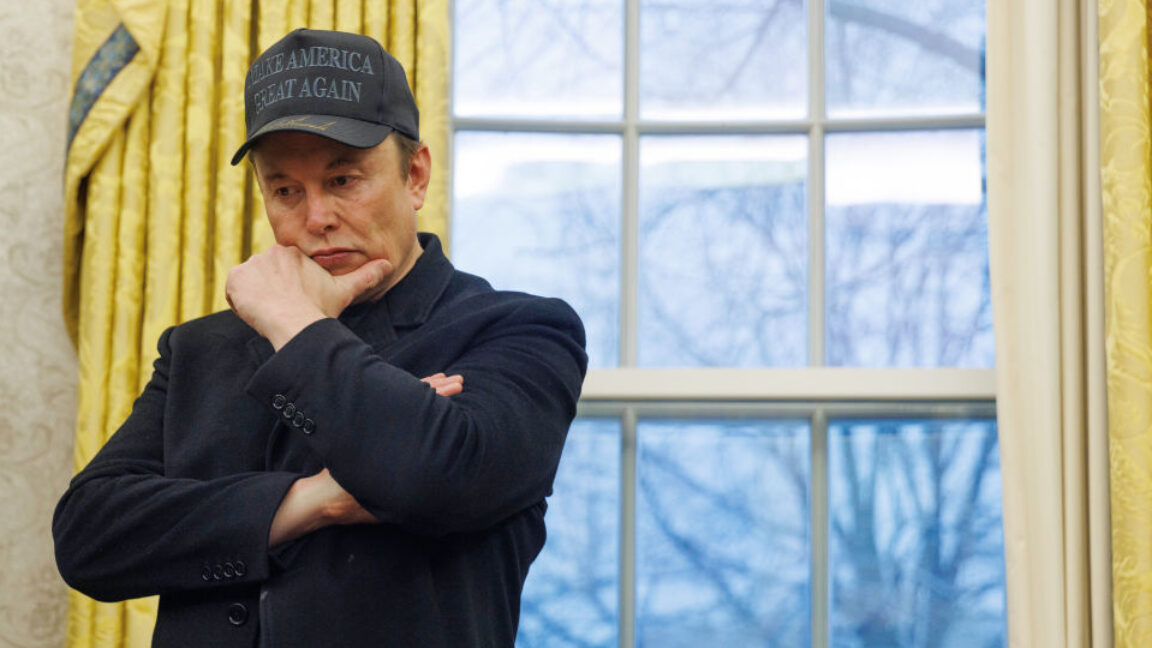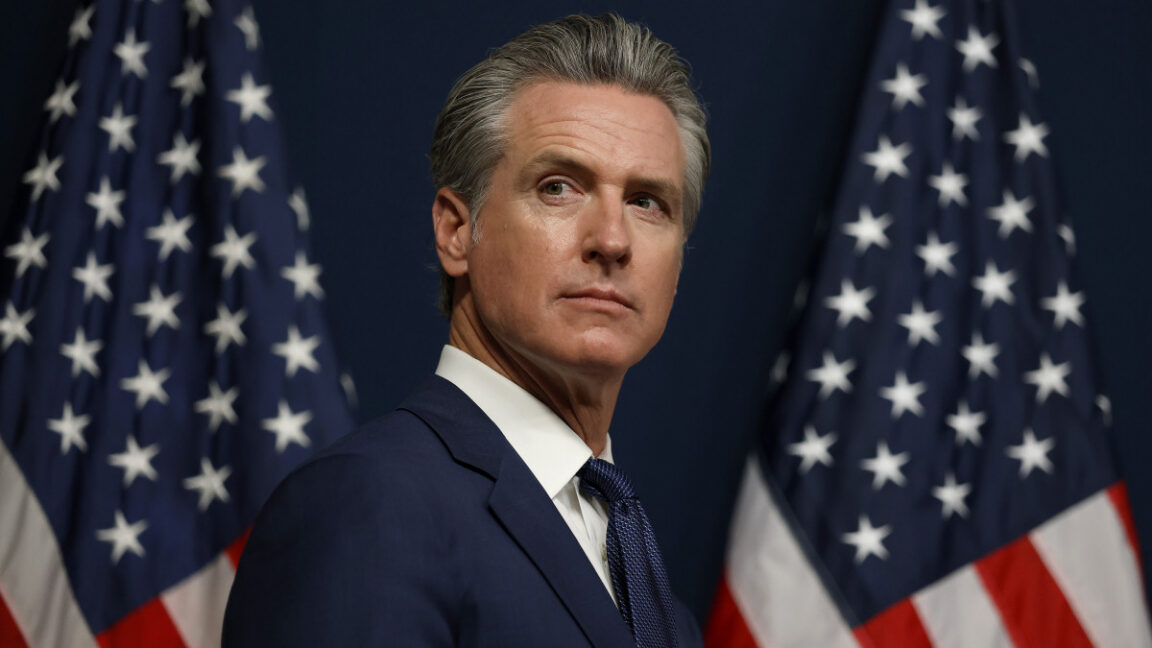Introduction to the Partnership
OpenAI and Nvidia have signed a letter of intent for a $100B partnership that could reshape how AI systems are trained and deployed. The plan calls for at least 10 gigawatts of Nvidia hardware to support OpenAI’s next-generation AI infrastructure, which will train and run future models aimed at superintelligence. To support the rollout, Nvidia intends to invest up to $100 billion in OpenAI as the systems are deployed. The first phase is scheduled to go live in the second half of 2026, powered by Nvidia’s upcoming Vera Rubin platform.
A Deal with Wide Implications
The agreement shows how closely tied the largest AI players are becoming. Nvidia, the main supplier of AI chips, would gain a financial stake in OpenAI, one of its biggest customers. For OpenAI, the deal brings both funding and guaranteed access to Nvidia’s sought-after processors. The move could unsettle rivals. Some may see it as reinforcing Nvidia’s dominance in chips and OpenAI’s lead in AI software, raising questions about fair competition.
Partnership Details
A person familiar with the matter said the partnership involves two linked steps: Nvidia will buy non-voting shares in OpenAI, and OpenAI will then use that money to purchase Nvidia chips. The companies said details of the partnership will be settled in the coming weeks. They also noted that 10 gigawatts of chips would consume as much power as more than 8 million US households.
OpenAI on Compute and AI Growth
“Everything starts with compute,” OpenAI CEO Sam Altman said in a statement. “Compute infrastructure will be the basis for the economy of the future, and we will utilise what we’re building with Nvidia to both create new AI breakthroughs and empower people and businesses with them at scale.” Nvidia’s stock climbed as much as 4.4% to a record high after the news. Oracle, which is working with OpenAI, SoftBank, and Microsoft on a $500 billion global AI data centre project called Stargate, rose about 6%.
How the Deal is Structured
According to the person familiar with the talks, once a final agreement is reached, OpenAI will formally purchase Nvidia systems. Nvidia will then invest an initial $10 billion in OpenAI, which was last valued at $500 billion. The first delivery of Nvidia hardware is expected in late 2026, with one gigawatt of computing power coming online in the second half of that year on the Vera Rubin platform.
Analysts’ Views and Concerns
Analysts welcomed the agreement but raised concerns about whether some of Nvidia’s investment could flow back to it through OpenAI’s chip purchases. “On the one hand this helps OpenAI deliver on what are some very aspirational goals for compute infrastructure, and helps Nvidia ensure that that stuff gets built. On the other hand the ‘circular’ concerns have been raised in the past, and this will fuel them further,” said Stacy Rasgon, an analyst at Bernstein.
OpenAI’s Other AI Chip Ambitions
OpenAI, like Google and Amazon, has been exploring its own custom chips to lower costs and reduce dependence on Nvidia. A person close to the company said this deal does not change its existing compute plans, including its collaboration with Microsoft. Earlier this year, Reuters reported that OpenAI was working with Broadcom and Taiwan Semiconductor Manufacturing Co. to design chips. Following news of the Nvidia partnership, Broadcom shares slipped 0.8%.
Industry Backdrop
The OpenAI-Nvidia pact adds to a growing list of alliances among tech giants. Microsoft has invested billions in OpenAI since 2019. Nvidia recently announced a chip collaboration with Intel and pledged $5 billion in funding. Nvidia also took part in OpenAI’s $6.6 billion round in October 2024. The size of the new deal could draw antitrust attention. Last year, the Justice Department and Federal Trade Commission reached an agreement to allow closer scrutiny of Microsoft, OpenAI, and Nvidia’s roles in the AI sector.
Antitrust Concerns
Antitrust lawyer Andre Barlow from Doyle, Barlow & Mazard said the Nvidia deal may reinforce both companies’ positions in ways that limit rivals. “The deal could change the economic incentives of Nvidia and OpenAI as it could potentially lock in Nvidia’s chip monopoly with OpenAI’s software lead. It could potentially make it more difficult for Nvidia competitors like AMD in chips or OpenAI’s competitors in models to scale,” Barlow said.
Conclusion
The partnership between OpenAI and Nvidia marks a significant development in the AI industry, with potential implications for how AI systems are trained and deployed. While the deal brings benefits to both companies, it also raises concerns about fair competition and the potential for monopolies. As the industry continues to evolve, it will be important to monitor the impact of this partnership and ensure that it does not stifle innovation or limit opportunities for other companies.
FAQs
Q: What is the partnership between OpenAI and Nvidia?
A: The partnership is a $100B deal that involves Nvidia investing up to $100 billion in OpenAI and providing at least 10 gigawatts of hardware to support OpenAI’s next-generation AI infrastructure.
Q: What are the implications of the partnership?
A: The partnership could reinforce Nvidia’s dominance in chips and OpenAI’s lead in AI software, raising questions about fair competition. It could also make it more difficult for rivals to scale.
Q: When is the first phase of the partnership expected to go live?
A: The first phase is scheduled to go live in the second half of 2026, powered by Nvidia’s upcoming Vera Rubin platform.
Q: How much power will the 10 gigawatts of chips consume?
A: The 10 gigawatts of chips would consume as much power as more than 8 million US households.
Q: What are the potential antitrust concerns surrounding the partnership?
A: The partnership may reinforce both companies’ positions in ways that limit rivals, potentially locking in Nvidia’s chip monopoly with OpenAI’s software lead.











